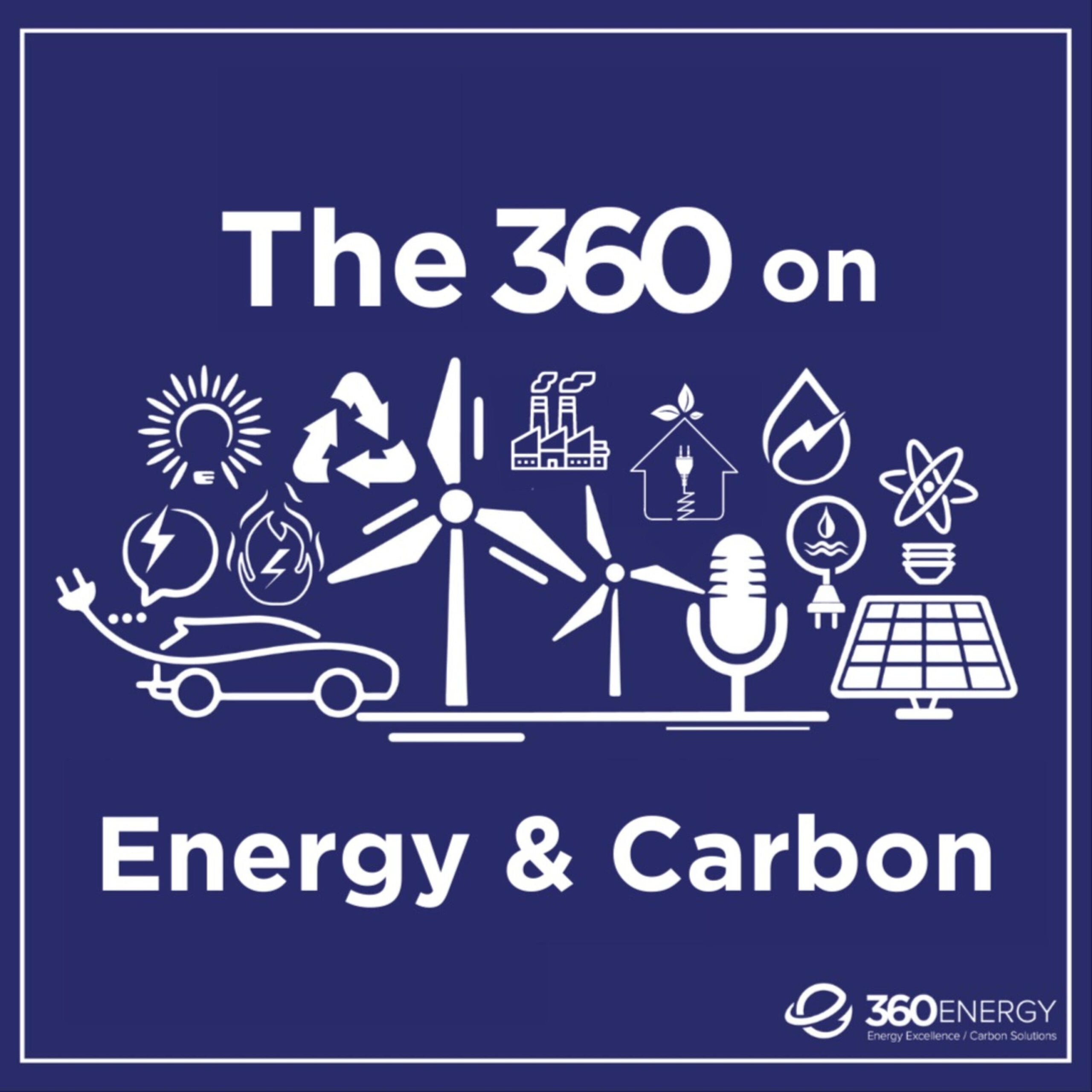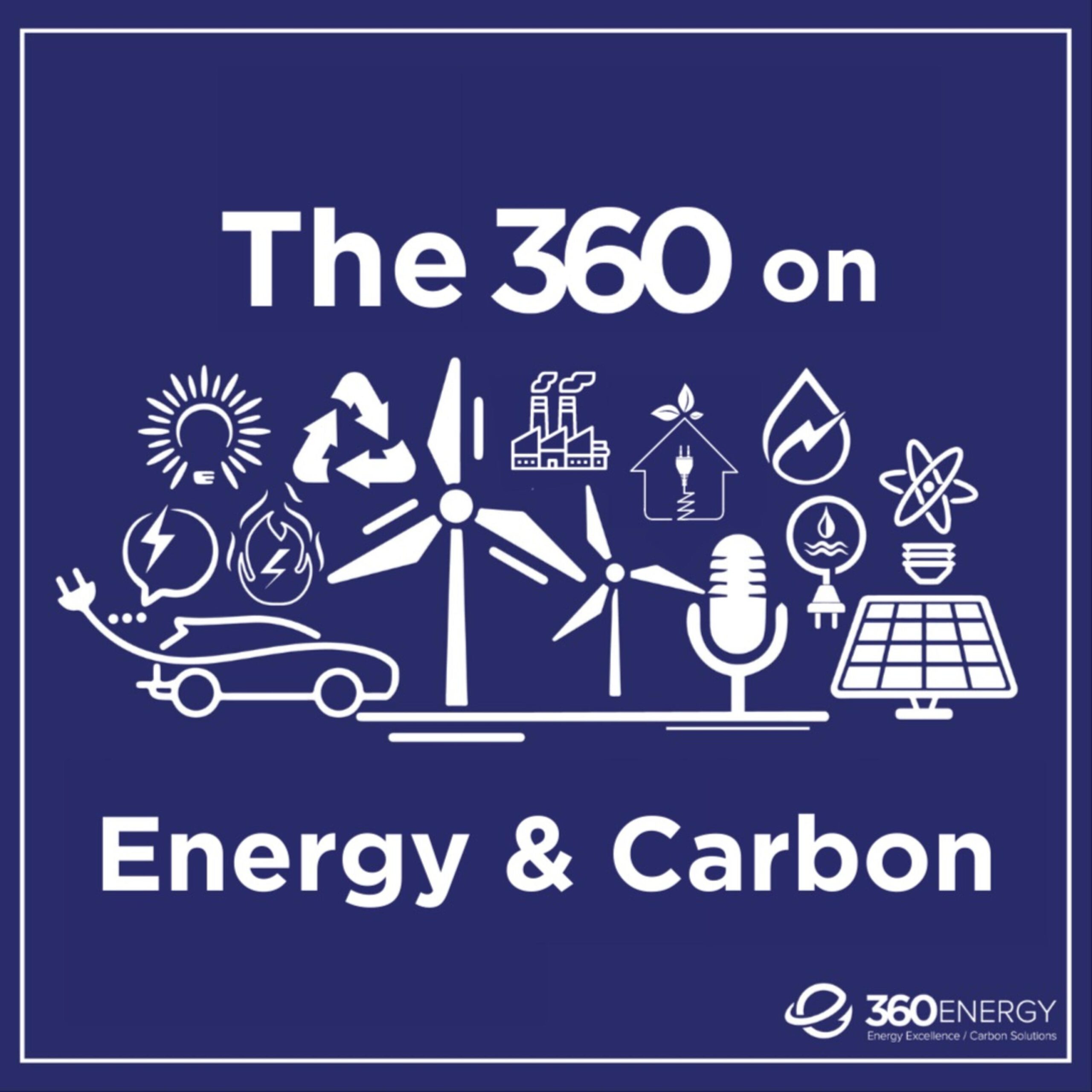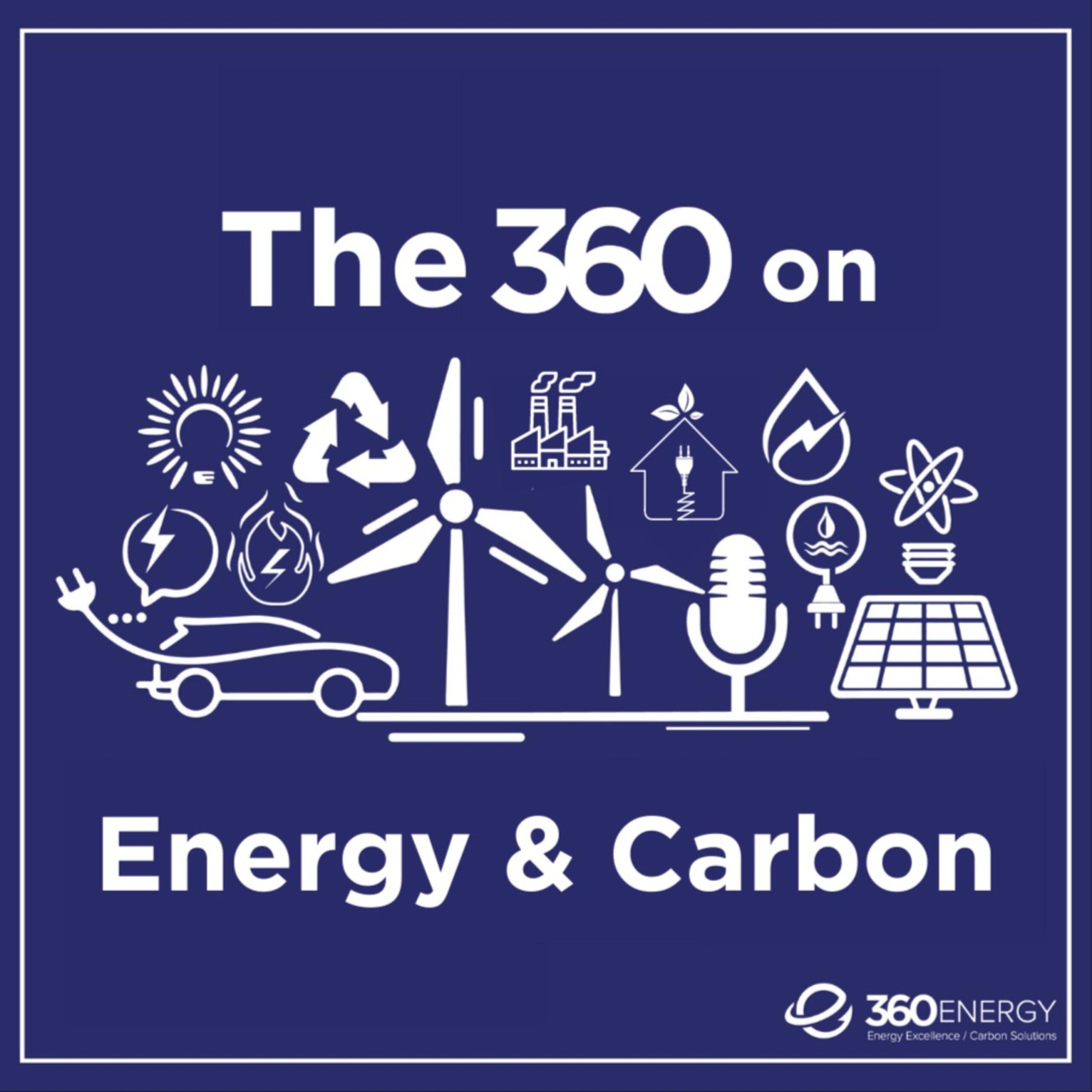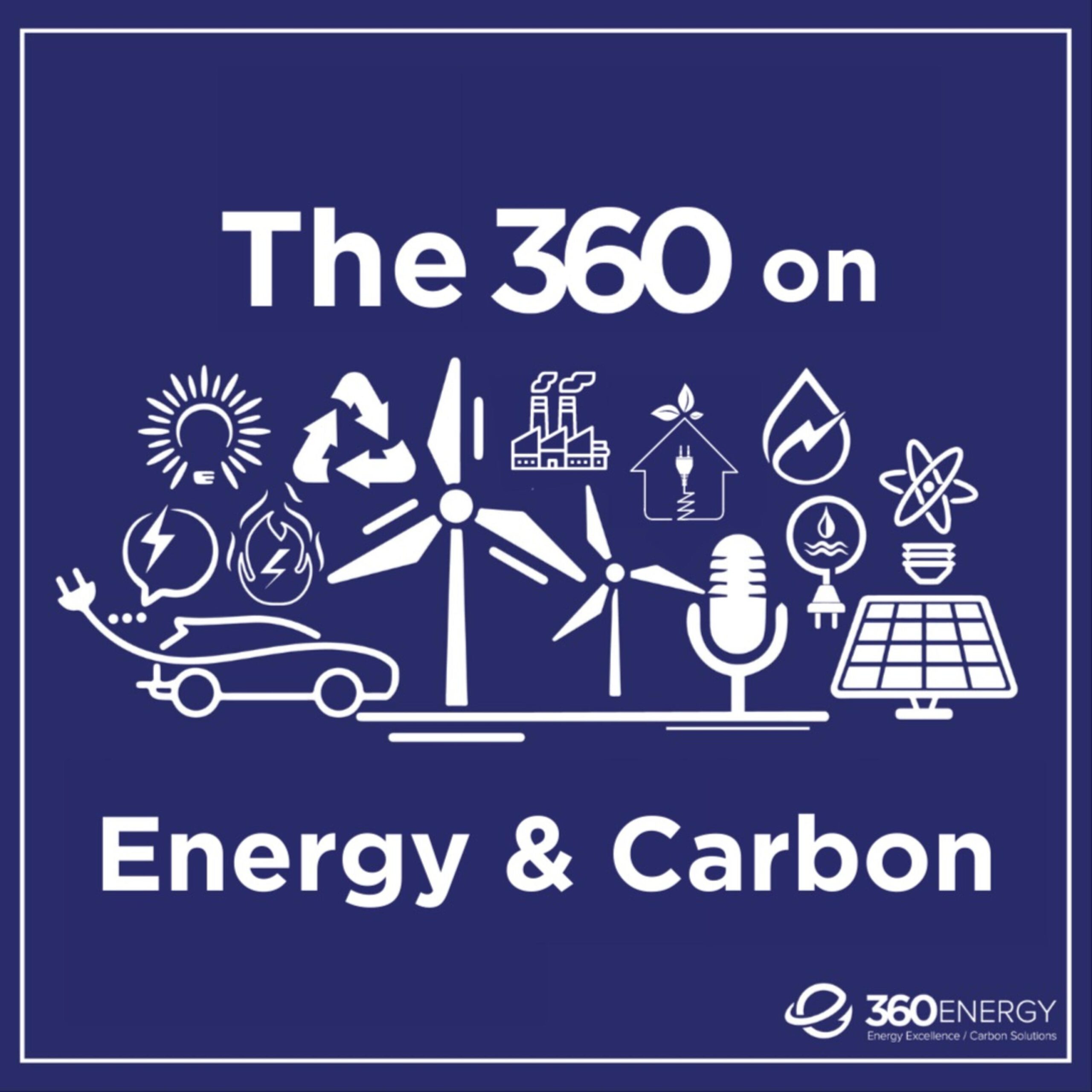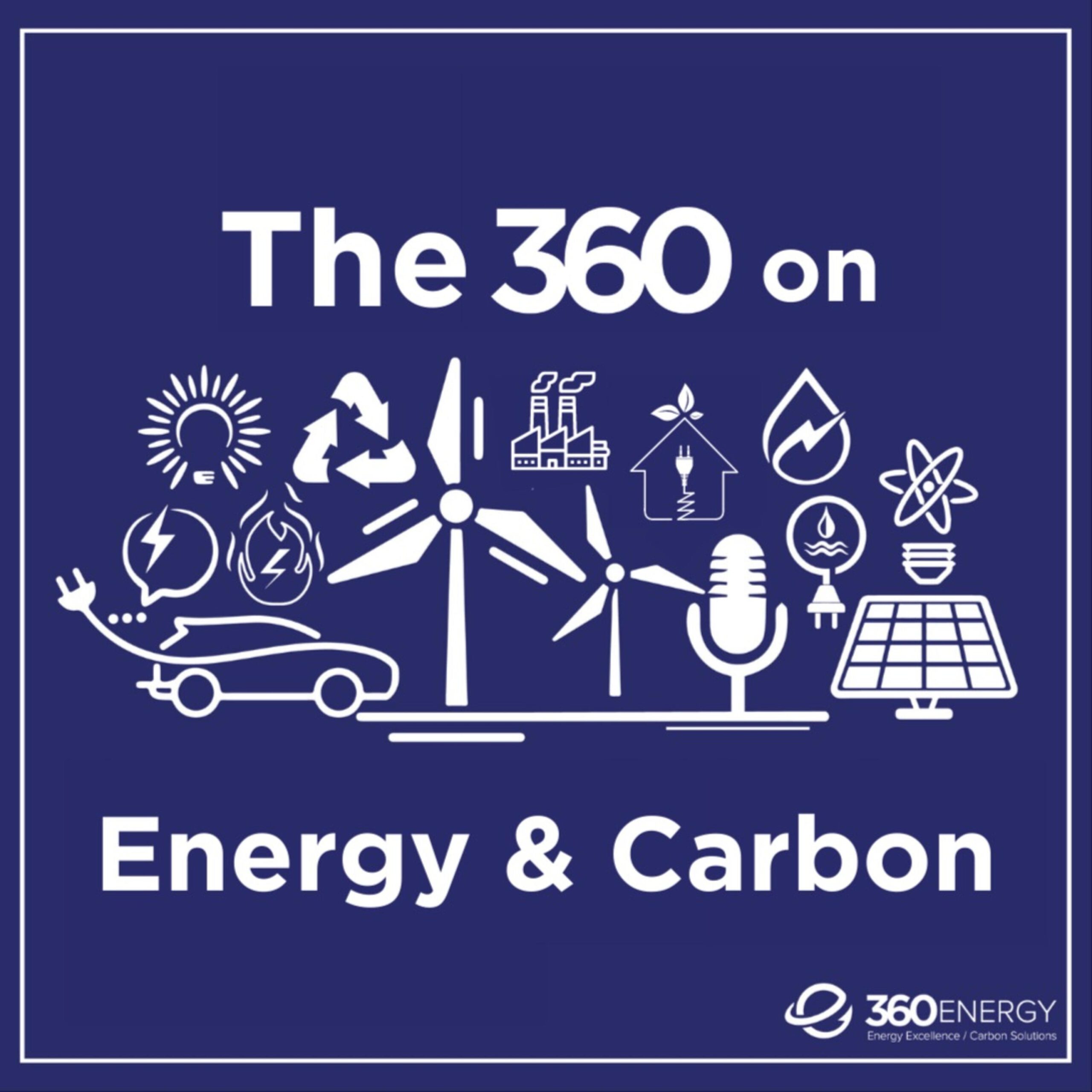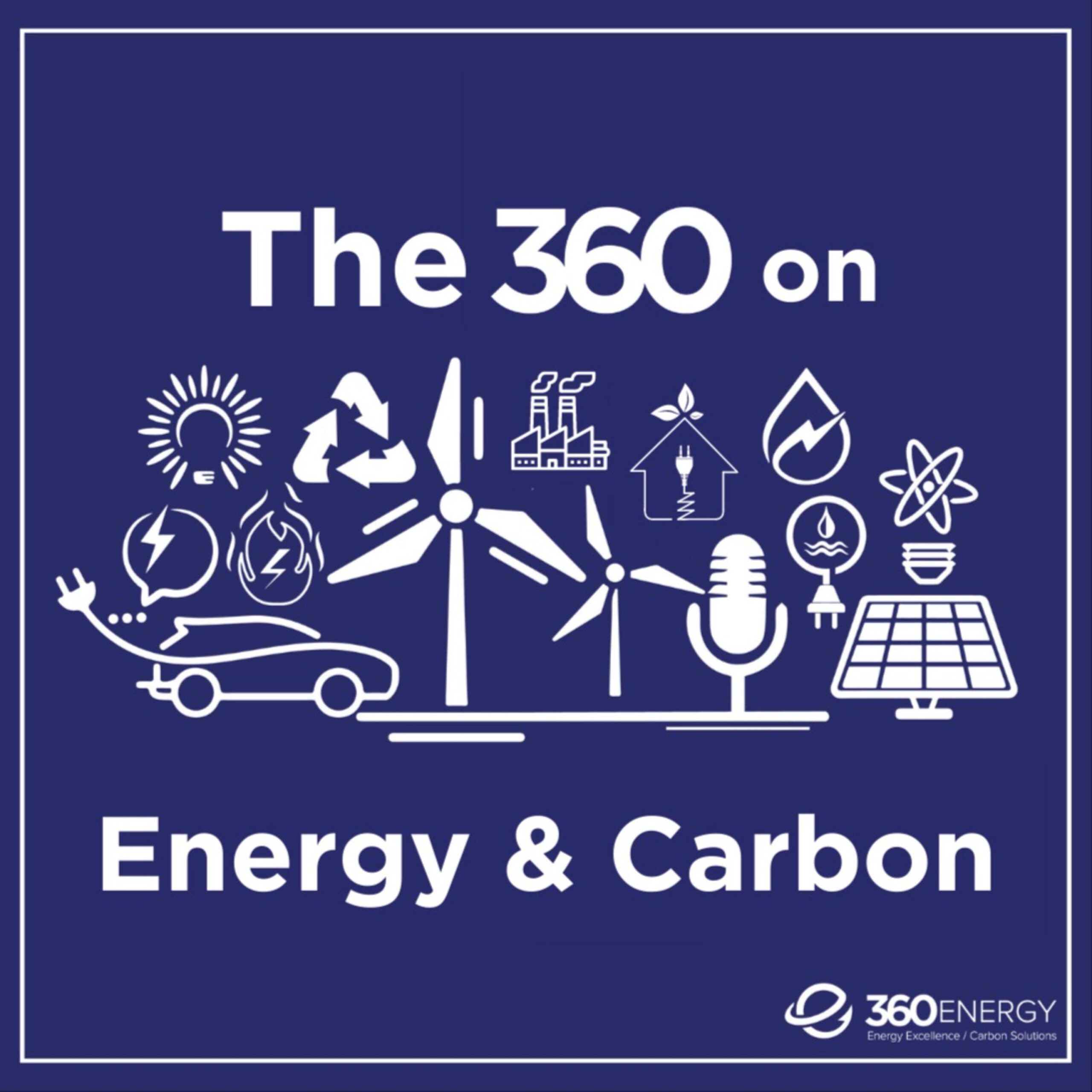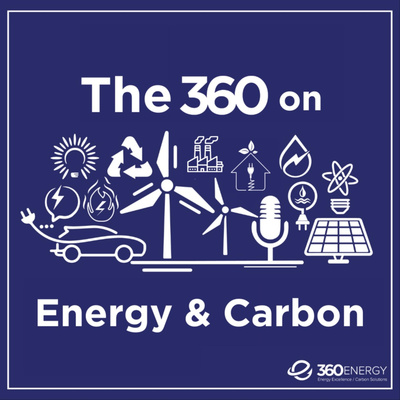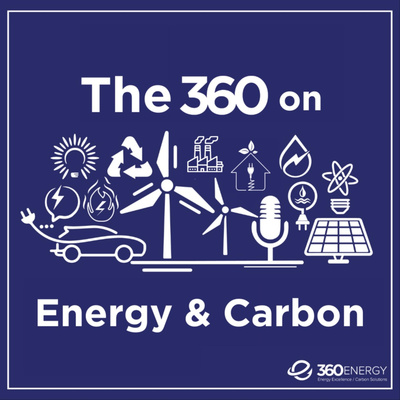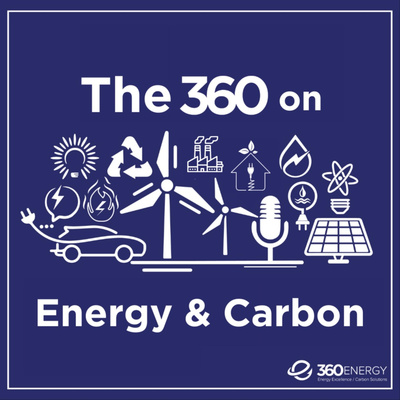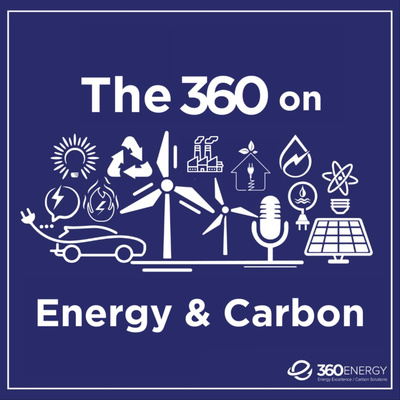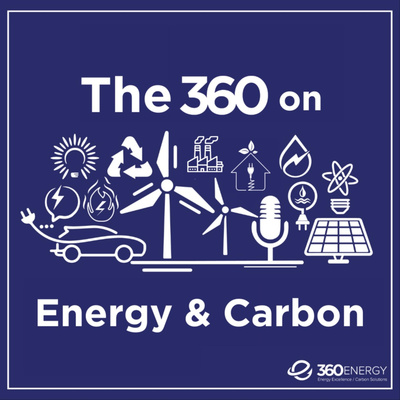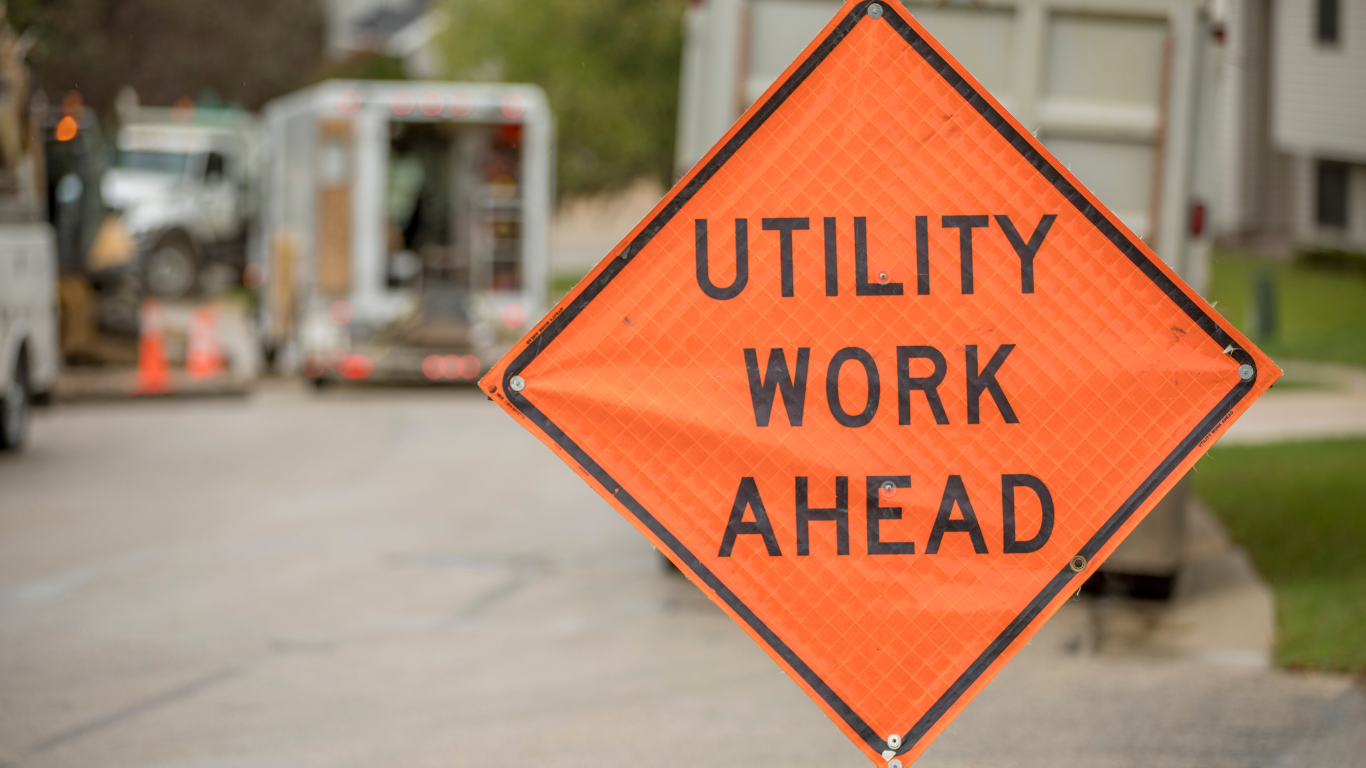
Electric utilities could become five times larger if Canada achieves its net zero carbon emissions target by 2050. “Such a growth spurt would be unprecedented; the sort of thing we’d see on a wartime footing,” says David Arkell, CEO of 360 Energy.
Arkell was reacting to comments made by Jason Wolfe, Director of Energy Solutions at FortisBC who notes that Fortis currently provides 35% of the energy used in British Columbia, most of it in the form of natural gas. In a 360 Energy YouTube podcast, Wolfe said it would be a “Herculean task” for BC to change its energy delivery systems to provide all energy services through electricity.
Current strategies to decarbonize Canada’s energy systems envision using electric vehicles (EVs) to provide transportation and replacing natural gas to heat buildings with electric heat pumps. To electrify everything, the power grid would need to quintuple in size, Wolfe said.
Canada gets 64% of its energy from fossil fuels. The balance is provided by non-carbon emitting sources such as hydro power, nuclear and renewable energy. The United States gets 81% of its energy from fossil fuels. Huge capital funding will be required for generation, transmission and distribution infrastructure in order to provide all of North America’s energy requirements from zero carbon emitting electricity.
Can electric utilities power everything everywhere using non-carbon emitting fuels? Wolfe sees major obstacles:
- Utilities and their regulators have to follow the law. It is not sufficient for governments to give only policy direction. To achieve ambitious climate goals, legislative and regulatory rules have to change as well;
- The public supports action to reduce climate risks. They also expect their power supply to be reliable, resilient and affordable. It will be hard to maintain these attributes when supplying new energy is more expensive than existing energy. The public may not support the energy transition if they feel the implementation costs are prohibitive;
- The energy transition needs to work in concert across jurisdictions. Utilities that make changes in one jurisdiction risk driving a key industry into another jurisdiction;
According to Jason Wolfe,” The public should not have to worry about how to achieve lower emissions from their energy use. That’s the job of utilities with their expertise and specialized knowledge.”
FortisBC’s experience shows how the net zero carbon emissions transition can be accomplished. Energy efficiency programs provide consumers with the fastest to implement, least-cost solutions. They are the “low hanging fruit” everywhere, Wolfe concluded.
The carbon intensity of natural gas emissions often categorizes natural gas as a problem, not a solution to the climate crisis. But almost 15% of the natural gas in the Fortis system comes from renewable sources. FortisBC is at the forefront of North American utilities in procuring this energy source – methane produced as a byproduct from the decomposition of waste and manure. Quebec is the only other jurisdiction that expects and actively enables the use of renewable natural gas in its natural gas grid.
Wolfe does not believe there is a “single silver bullet to achieve net zero carbon emissions.” No potential solution should be discarded. The natural gas grid is already constructed and ought to be one of the net zero challenge solutions. If larger volumes of renewable natural gas going into that grid do not increase the overall emissions of carbon dioxide into the atmosphere, the strategic climate objective is achieved. “Everything should be possible,” Wolfe asserts.
Arkell agrees that all cost-effective climate solutions need to be pursued. For that reason, Arkell believes energy end users also need to be brought to the table. Chemical, industrial and greenhouse growing consumers have a big part to play in building distributed energy solutions.
The status quo currently marginalizes energy consumers. But the development of more efficient and cheaper renewable energy technologies, with enabled back up energy storage, is changing that power dynamic. Energy consumers will become “prosumers” when they can economically reduce carbon emissions by installing incremental, on-site energy generation.
Market disruption is challenging the traditional role of utilities and regulators. The pressure to decarbonize the economy is certainly creating tension for utilities that have traditionally maintained legislated functions and mandates. Yet, the drive to decarbonize is unleashing creativity and opportunity for utilities and consumers alike – at least the ones prepared to meet the decarbonization challenge.
